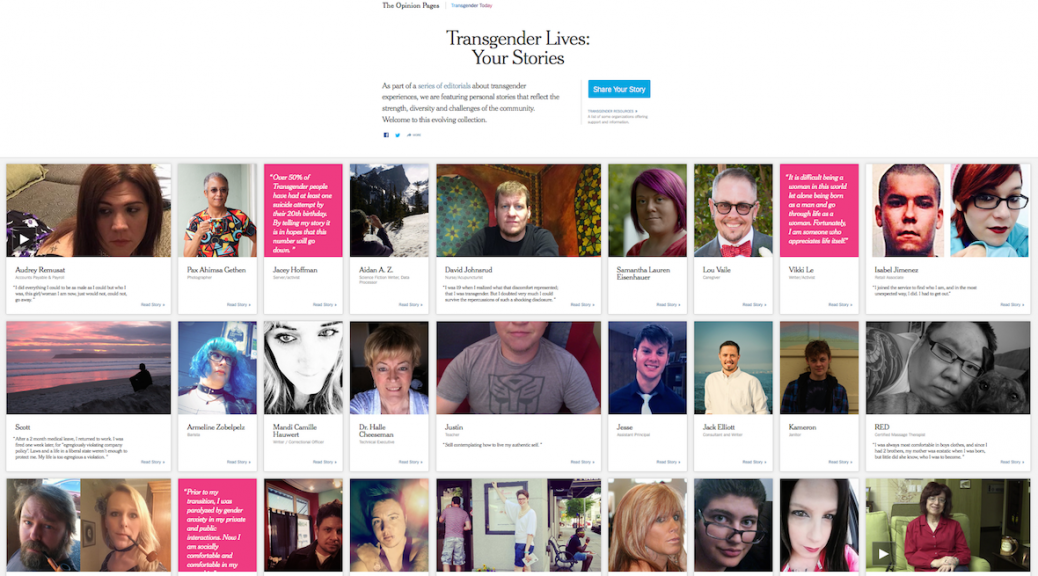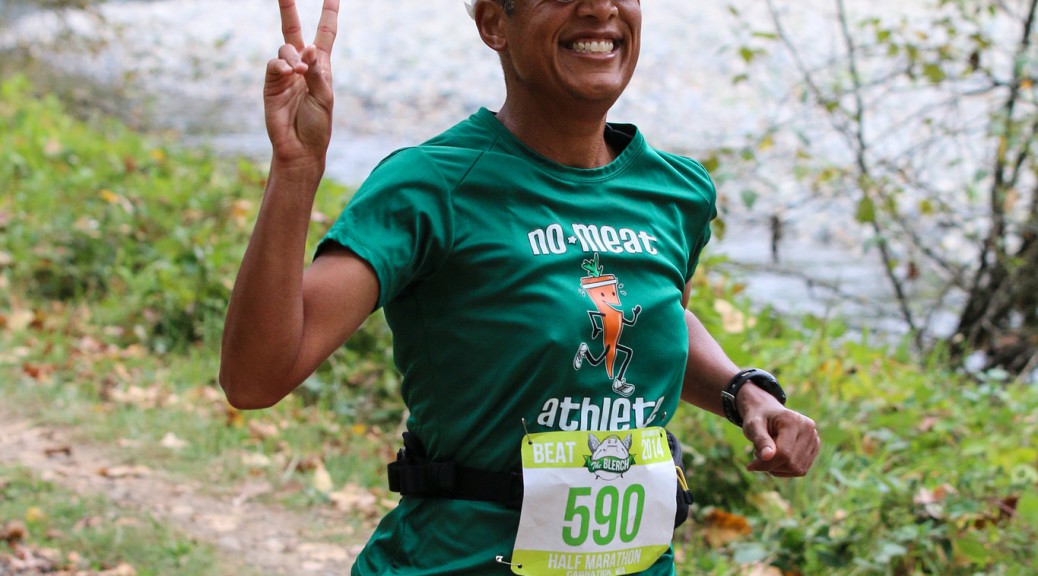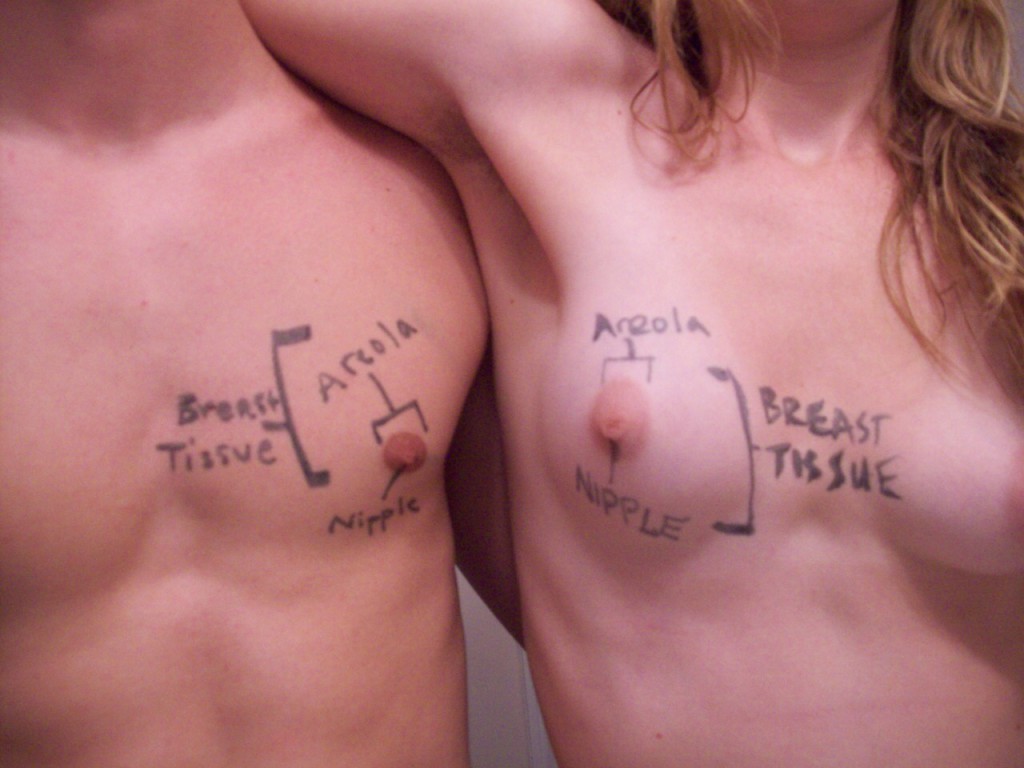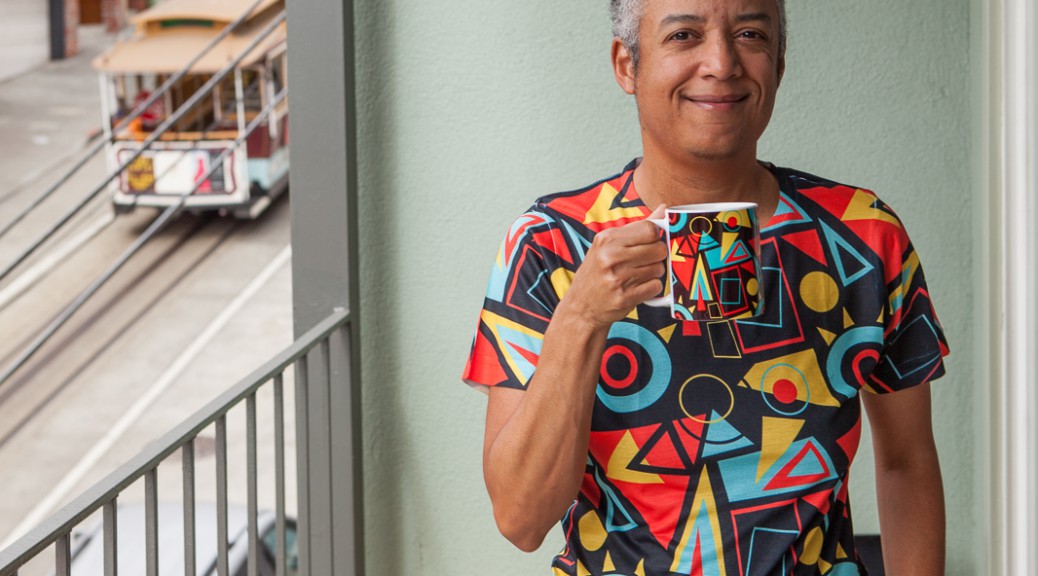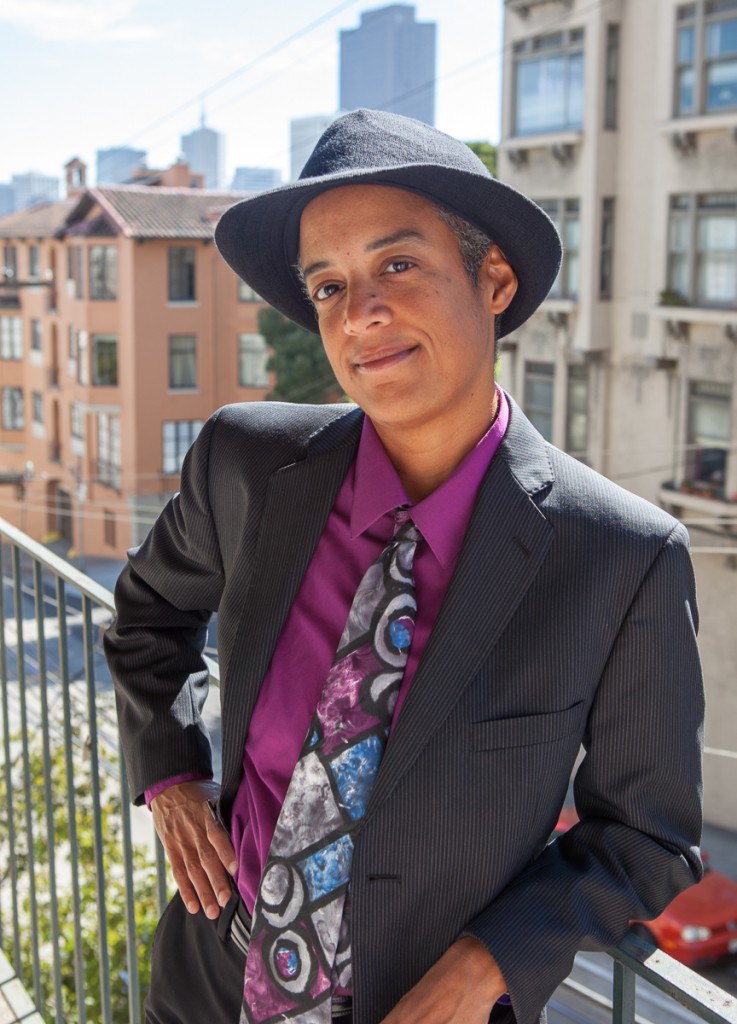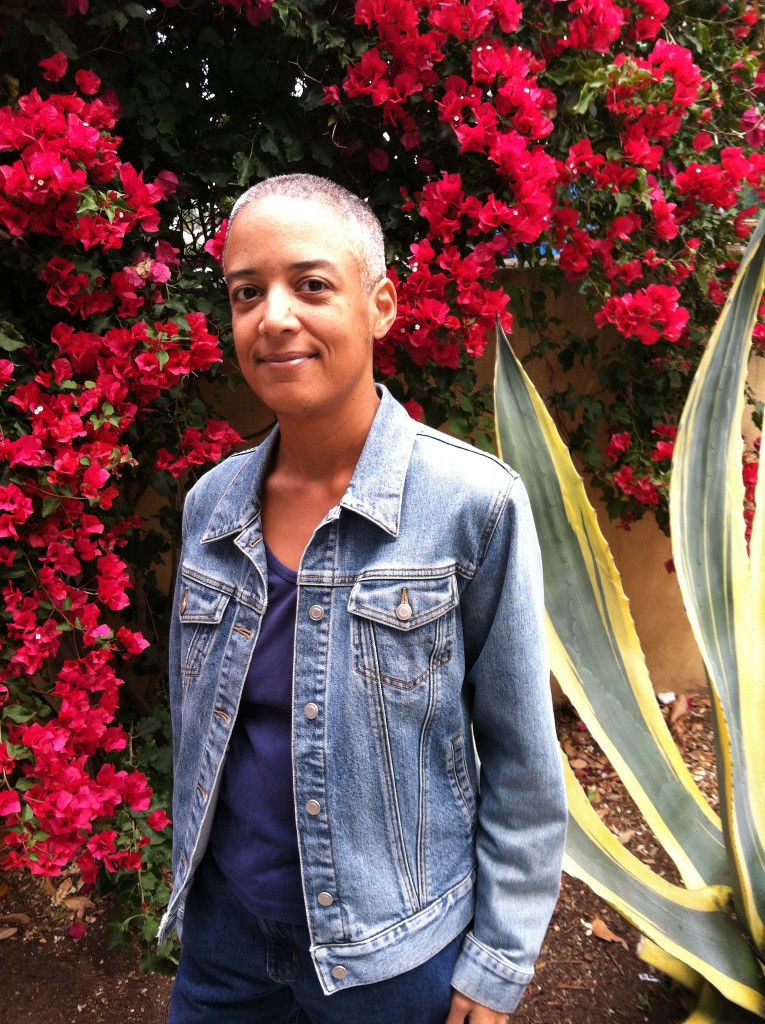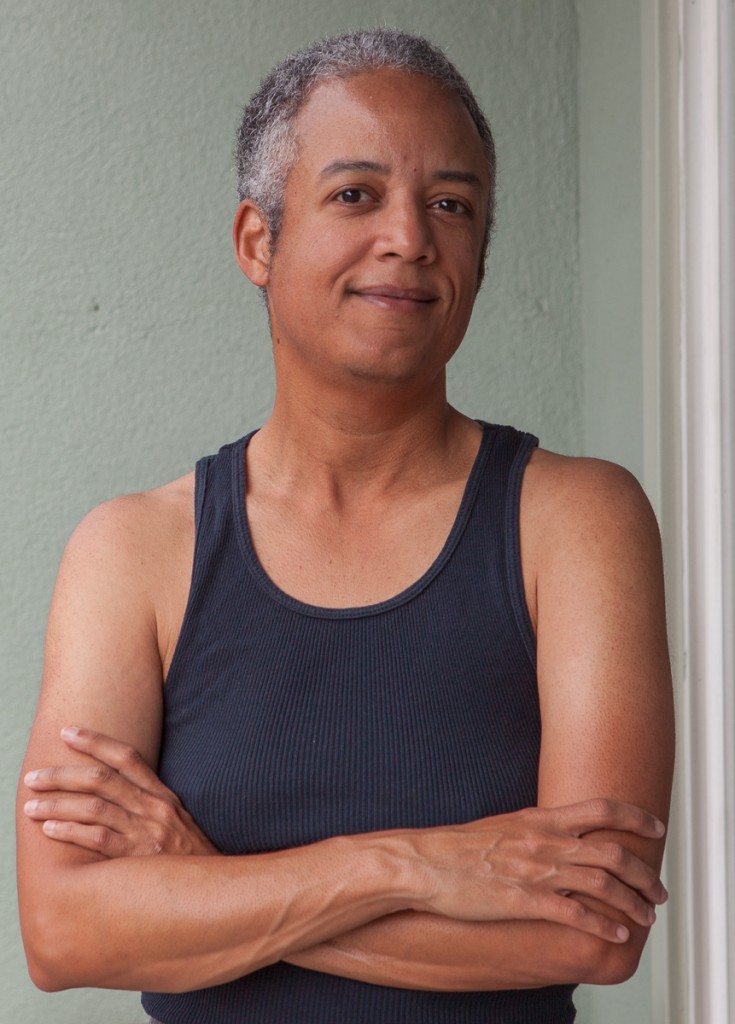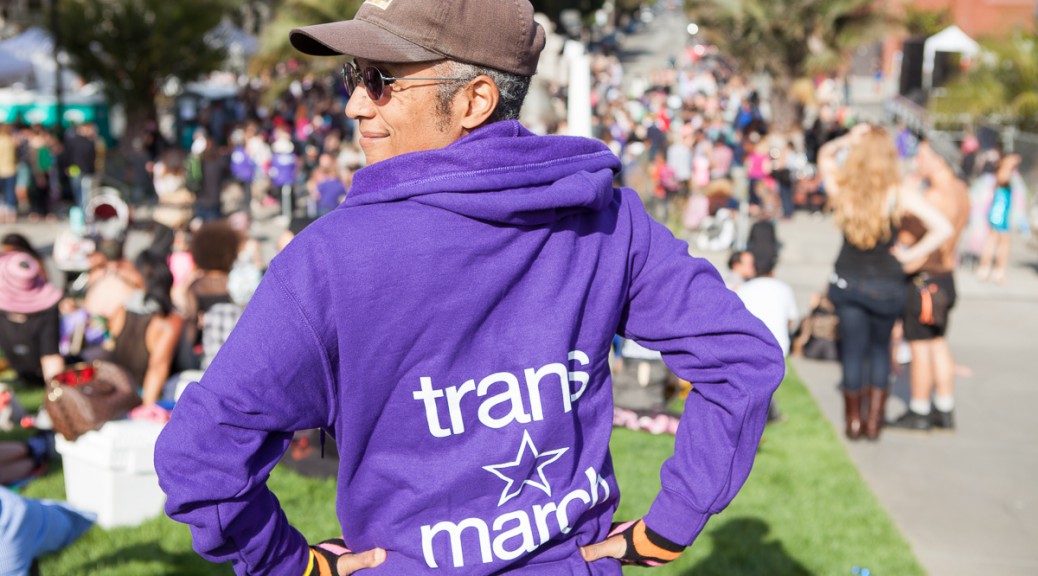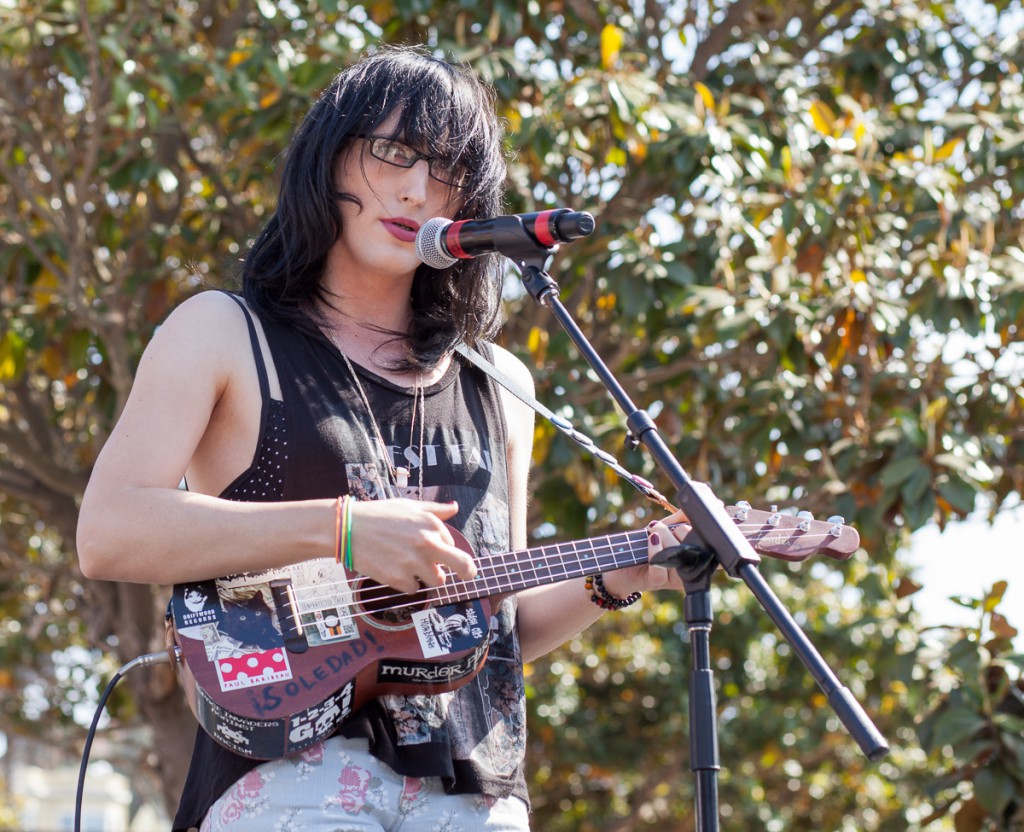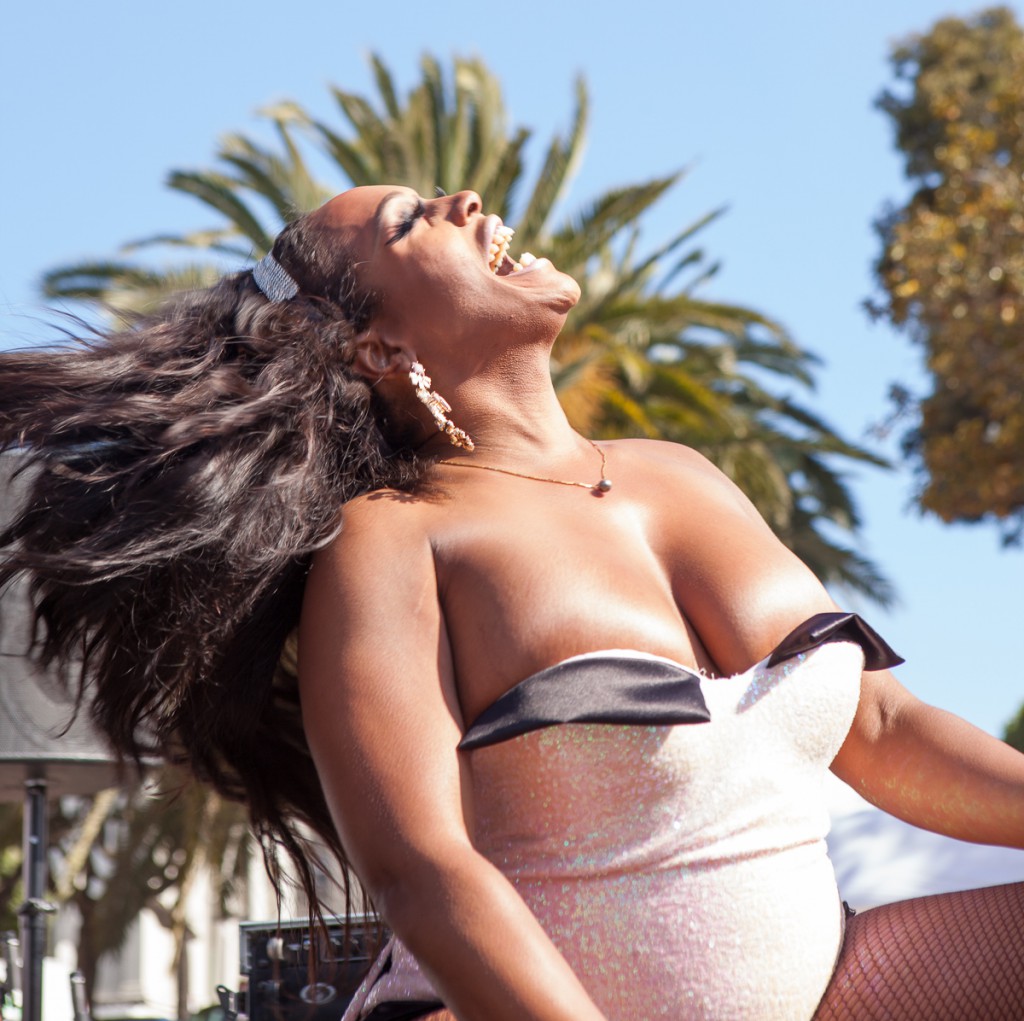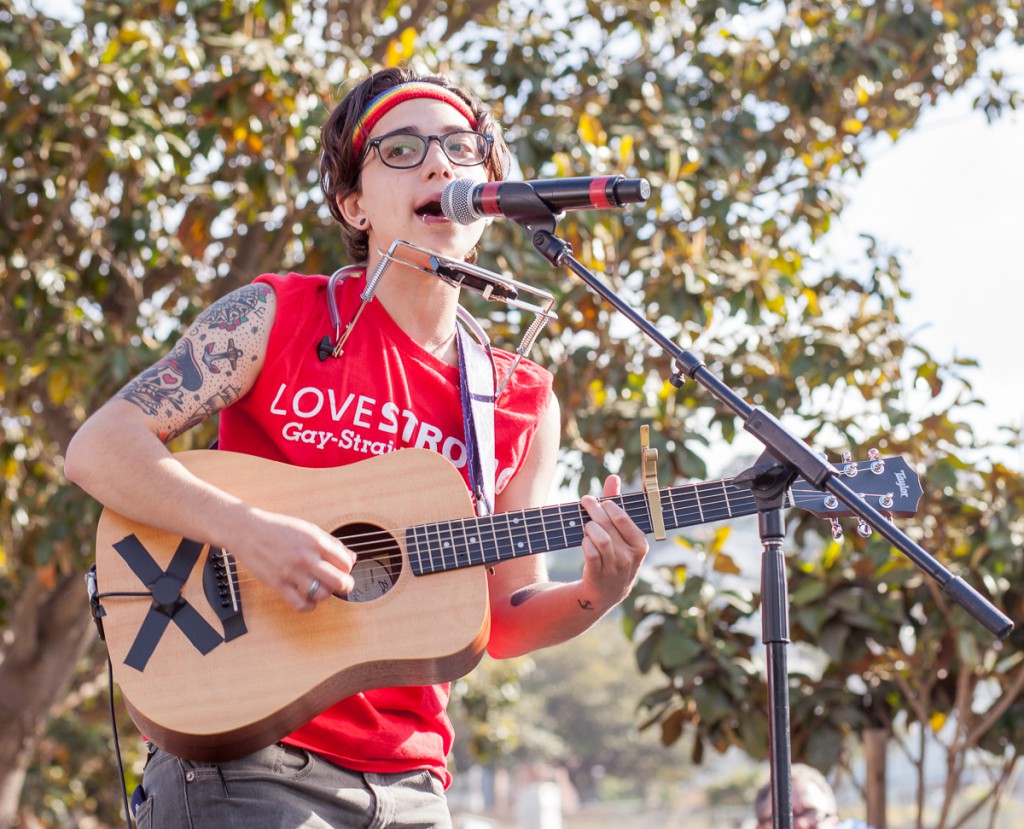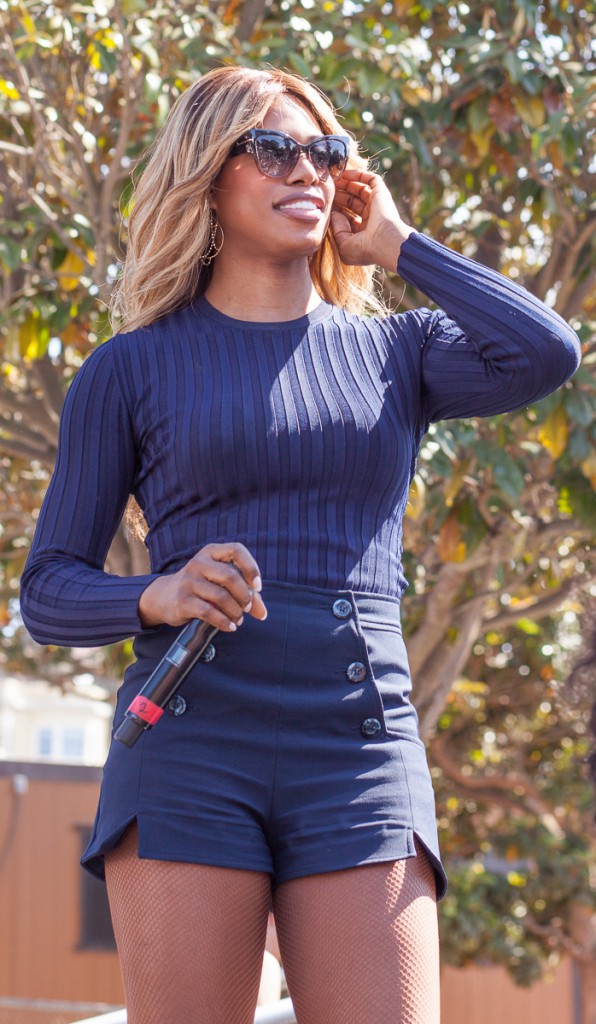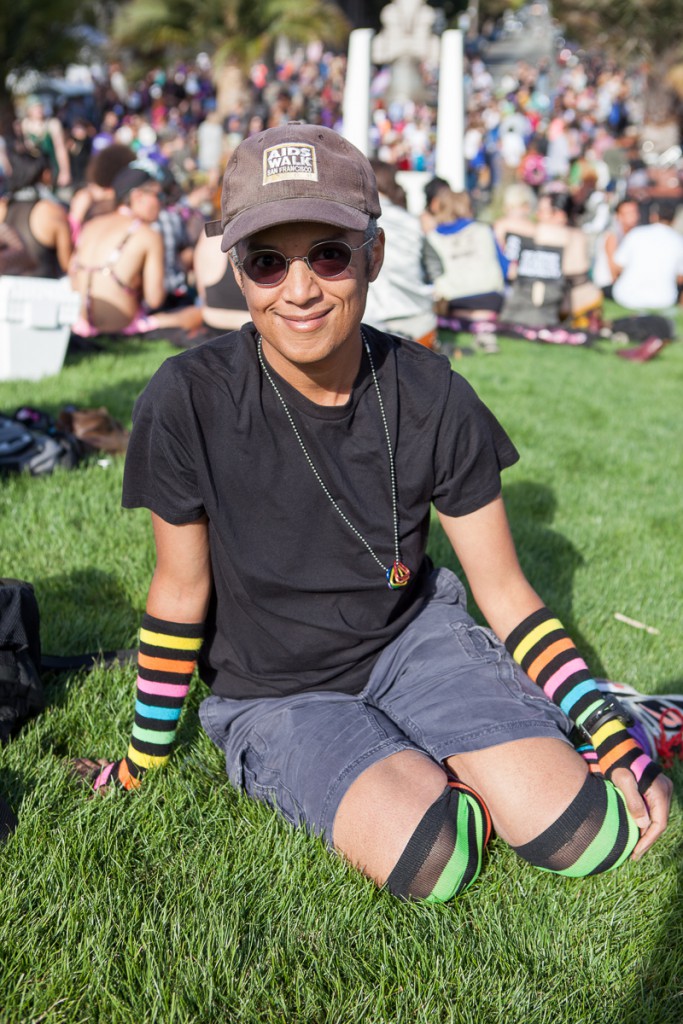Originally published on LiveJournal.
Since Caitlyn Jenner revealed her new name and appearance on the cover of Vanity Fair two weeks ago, the Internet has been teeming with conversations about gender. And now, with the revelation that a white woman named Rachel Dolezal has been masquerading as black and heading a local NAACP chapter, people are asking why, if a person can be transgender, there can’t be “transracial” people as well.
As a black trans person, these conversations – and the accompanying cissexism, racism, and transmisogyny – have given me no end of grief. But I can’t just shut off the Internet to avoid this issue, because being black and trans is my life. And I feel obliged to weigh in on the conversation, which is being dominated by cisgender and white voices. (Though one of the best responses I have seen thus far is from a black trans woman, Kat Blaque; I encourage you to watch it. Text transcript included.)
Like Barack Obama, I have one black parent and one white parent. When given the space and opportunity, I do mention that I am mixed-race. But like our president and many, if not most, other US-American folks in my situation, I normally simply identify as black. Why not white?
I have brown skin. I was born with it, and I will die with it. This is not something I can change, nor do I wish to.
It isn’t a matter of identifying with black culture or history in my case. It is recognizing that every time I show my face, I am seen as a person of color. Though not always black; given my facial features and hair texture, I have been mistaken for Latin@ or other ethnicities on occasion. But it is clear to most viewers that I am not white.
This matters because of racial profiling. Whether I go shopping at a department store, or go for a job interview, or even post a photo on an online dating site, people are going to look at my skin and make decisions about me, whether they’re conscious of it or not. And those decisions are going to affect my life and well-being.
Let’s contrast that with my gender. I was not born female. I was born a baby, and assigned a sex of female. This means that someone at the hospital looked between my legs and wrote “F” on my birth certificate, based on what they saw.
The hospital where I was born did not likely inspect my body for a uterus or ovaries. They did not likely do a genetic test to see whether I had XX or XY chromosomes. They assigned me female, and thus implicitly declared that I would grow up to be a woman, solely based on the presence of a vulva and the absence of testes and a suitably-long penis. (The penis and clitoris form from the same tissue. The difference between an intersex* baby getting to keep their genitals intact versus being submitted to nonconsensual surgery can be a matter of millimeters.)
While my skin color has not and will not change**, I will not die in the same body I was born in. None of us will. No one is born with visible breasts, facial hair, a deep voice, or any of the other secondary sex characteristics that may or may not develop at puberty. No one is born with a propensity to wear dresses or makeup, to talk over others or take up more space, or any of the other myriad clothing choices, mannerisms, and hobbies that make up the nebulous, multi-dimensional space we refer to as “gender”.
It took me over forty years to realize that I was not a woman, because when I was growing up I had no transmasculine or non-binary role models. I thought that you were either a man or a woman, boy or girl, and that was it. I was dimly aware of the existence of trans women, but thought that to be one meant getting surgery and dressing and acting in a stereotypically-feminine way. And so I thought being a trans man, once I became aware that such people even existed, meant top surgery or breast binding, dressing in button-down shirts and ties, and adopting all the problematic mannerisms and attitudes associated with stereotypical masculinity.
I had no frame of reference for being what I now realize that I am: A person who identifies with no gender, yet desires the primary sex characteristics associated with maleness. If I could trade my vulva for a “fully functional” penis without expensive, risky surgery, I would do so in a heartbeat. I may someday have my uterus and ovaries removed, but for now I am content with testosterone therapy.
A transgender person does not actually change their gender. They may change any or all of their name, preferred pronouns, and appearance to better conform with their internal sense of self. Yet a transgender person who does none of these things is still trans, as long as they do not identify with the gender corresponding with the binary sex they were assigned at birth.
Just as trans women do not transition to female in order to take over (cis) women’s spaces, I did not transition to male in order to gain male privilege. Transitioning is revealing our authentic selves. It is taking control of our own identities in a world that insists on linking behavior, preferences, and even intelligence to body parts. A world that ignores that people of all genders have breasts. A world that ignores the substantial amount of variation in sex chromosomes. A world that sees nothing but M and F, X and Y.
A world that links Rachel Dolezal to Caitlyn Jenner isn’t much evolved from the world I grew up in as a child of the 70s and 80s, recognizing only one narrative of transness: A male-assigned person transitioning into a conventionally feminine-presenting woman. And thus the “transracial” controversy is falsely reduced to one comparing privilege: White vs black, male vs female. It’s a false equivalence because, apart from interracial adoptions (the original, valid origin of the term “transracial”), the folks claiming this “transracial” identity are almost invariably white.
Rachel Dolezal was not born with brown skin, or curly/kinky hair, nor did she grow up with those racial identifiers. She can revert to her white skin and straight hair at any time. Dolezal’s expression of affinity for black culture does not make her black identity valid, any more than a white person dressing in a kimono and doing a traditional dance can claim to be Japanese. This is not identity, this is cultural appropriation.
The real harm of this story is that it’s distracting from really important issues facing black and trans people alike. Police violence, suicides, poverty, health care, job discrimination – all swept aside by a conversation about one white woman heading a local NAACP chapter and another white woman on the cover of a magazine. Can we please stop talking about Rachel Dolezal and Caitlyn Jenner, and work on actually fixing society?
* I am not, to my knowledge, intersex. I include this information because the cisnormative narrative that there are exactly two “opposite” sexes dominates and excludes a substantial percentage of humans.
** Unless I contract a condition like vitiligo, which Michael Jackson suffered from. Please don’t cite this black man – who never claimed to be anything else – as an example of someone “transitioning to white”.
Like this:
Like Loading...
